By Hillary Jackson –
The Salvation Army Santa Barbara (California) cut the ribbon April 11 on its new drug rehabilitation facility, funded through the Santa Barbara County Department of Behavioral Wellness Alcohol and Drug Services Division.
The funding allows the third floor of the Hospitality House—now called the Transition and Recovery Center—to have 24 beds specifically allocated for drug rehabilitation, with six withdrawal management beds and 18 residential treatment beds.
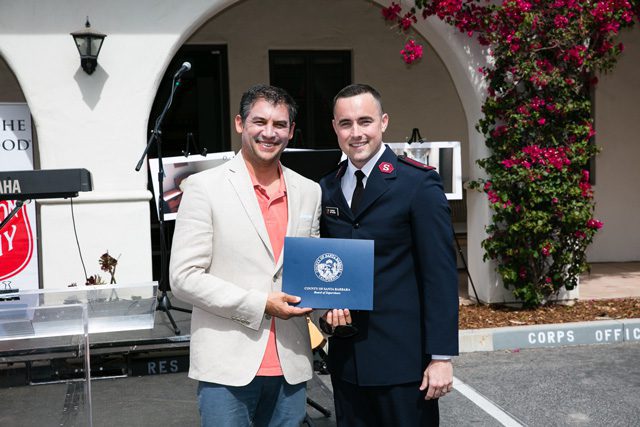
“Santa Barbara does have a homeless crisis, just like the rest of the state, like the rest of the country,” said Santa Barbara Councilman Oscar Gutierrez. “A facility like this can help [those experiencing homelessness] to get the help that they need to be able to get off the streets and hopefully get back to a normal life track.”
The program, Drug Medi-Cal Organized Delivery System (DMC-ODS), is a government-funded pilot that aims to demonstrate how a continuum of care can increase the success of Medi-Cal-eligible substance use beneficiaries by giving them access to care and services needed to achieve sustainable recovery.
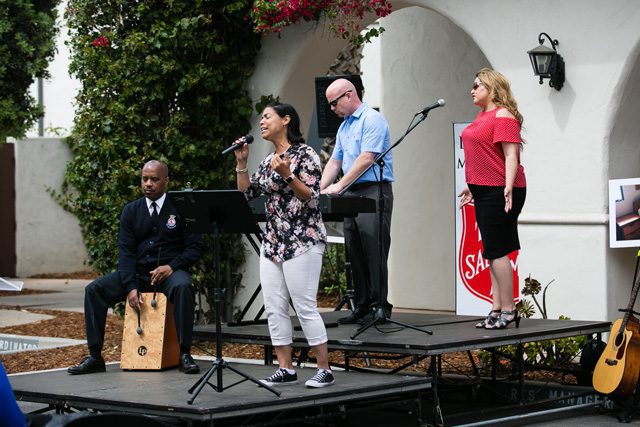
Now, when clients who experience homelessness come to the Transition and Recovery Center, they can get recovery treatment in-house as well. Beds are starting to fill, and referrals started coming in April 9, immediately after the county paperwork became official.
“When it comes to fighting homelessness, it’s not one size fits all,” said Lt. Jeff Walters, Santa Barbara Corps Officer. “Here the community desperately needed something that was more than just transition: They need residential treatment. They needed detox. And so, The Salvation Army stepped up and said, ‘What if we did it all in one?’ and that’s what we have now.”

The Transition and Recovery Center’s model is similar to that of the Army’s Adult Rehabilitation Center, but it is funded differently, and doesn’t have a set time for treatment. Walters said some beneficiaries could be at the center for more than a month, others for up to six. When they are done with their rehabilitation, beneficiaries can transfer to a different bed on one of the facility’s other floors.
“This program will both enhance the services to our current population and provide new services to those who we have not been able to serve,” said Executive Director Mark Gisler. “If an individual relapses in our transitional facility program, we now have the resources and systems at this facility.”
The Transition and Recovery Center is currently equipped to serve male beneficiaries, and once a female bathroom is added to the third floor, something Gisler anticipates happening later in 2019, the facility will be able to serve female adults seeking residential treatment and/or withdrawal management services, too.
Within the California South Division, the only other program that operates under the same model is the Bell Shelter in Bell, California.
“The [California South] division has been doing the national social services standards, and one of the components is pastoral care,” said Divisional Director of Social Services Pilar Buelna. “This site is exceptional in working with the program and the ministries.”
It’s something Walters calls the “ministry of presence.” Walters and his wife, Lt. MaryEllen Walters, actively engage beneficiaries in voluntary spiritual activities, such as small groups, multiple weekly chapels and Bible studies in addition to transporting beneficiaries to the corps for worship and other services.
“Some folks shy away from contracts or government-funded things because they think they can’t do the mission of The Salvation Army,” Walters said. “I can make the argument that we do the mission even better here because people volunteer to come into our chapel spaces…they want to be there. They want to be a part of change…If they come off the street or if they’re battling addiction, there is a spiritual component there, and they’re reaching out for something—for someone to help, and we happen to have the one who will help them ultimately, and so within this model, even though there’s contracts and government funding involved, they all recognize fully well who we are, and we press on.”

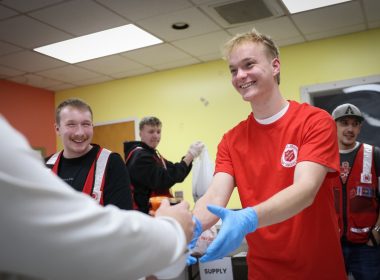





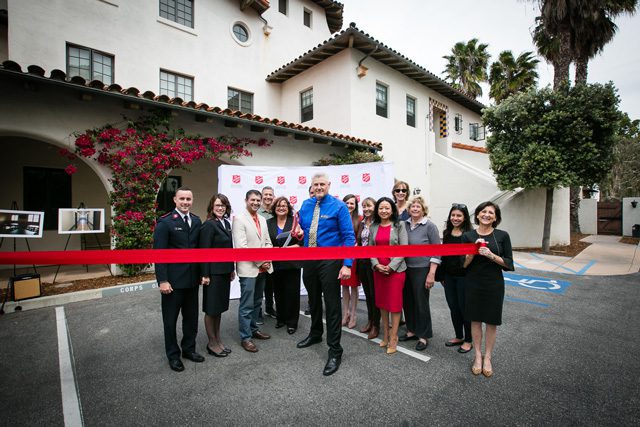
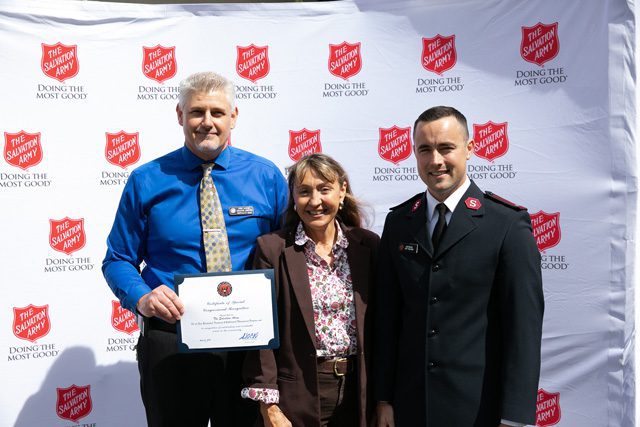



I do not tweet, I just want to go n detox/residential, it is a tiresome this g to run from God,I cannot seem to b able to talk to a single soul, I get medi & .y name is Sue, call or text please pop up in to look
Hi Sue,
Thank you for your message and the opportunity to help. Can you please email new.frontier@usw.salvationarmy.org and provide your city, state and zip code so I can connect you with the correct location?
Best,
Cory
I do not tweet, I just want to go n detox/residential, it is a tiresome this g to run from God,I cannot seem to b able to talk to a single soul, I get medi & .y name is Sue, call or text please pop up in to look
Hi Sue,
Thank you for your message and the opportunity to help. Can you please email new.frontier@usw.salvationarmy.org and provide your city, state and zip code so I can connect you with the correct location?
Best,
Cory